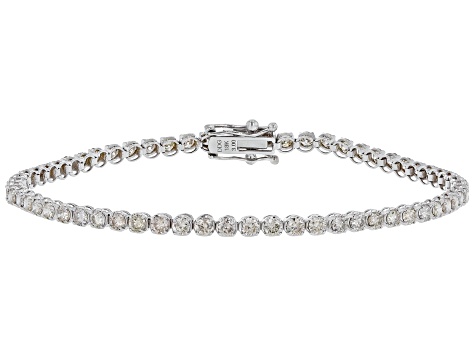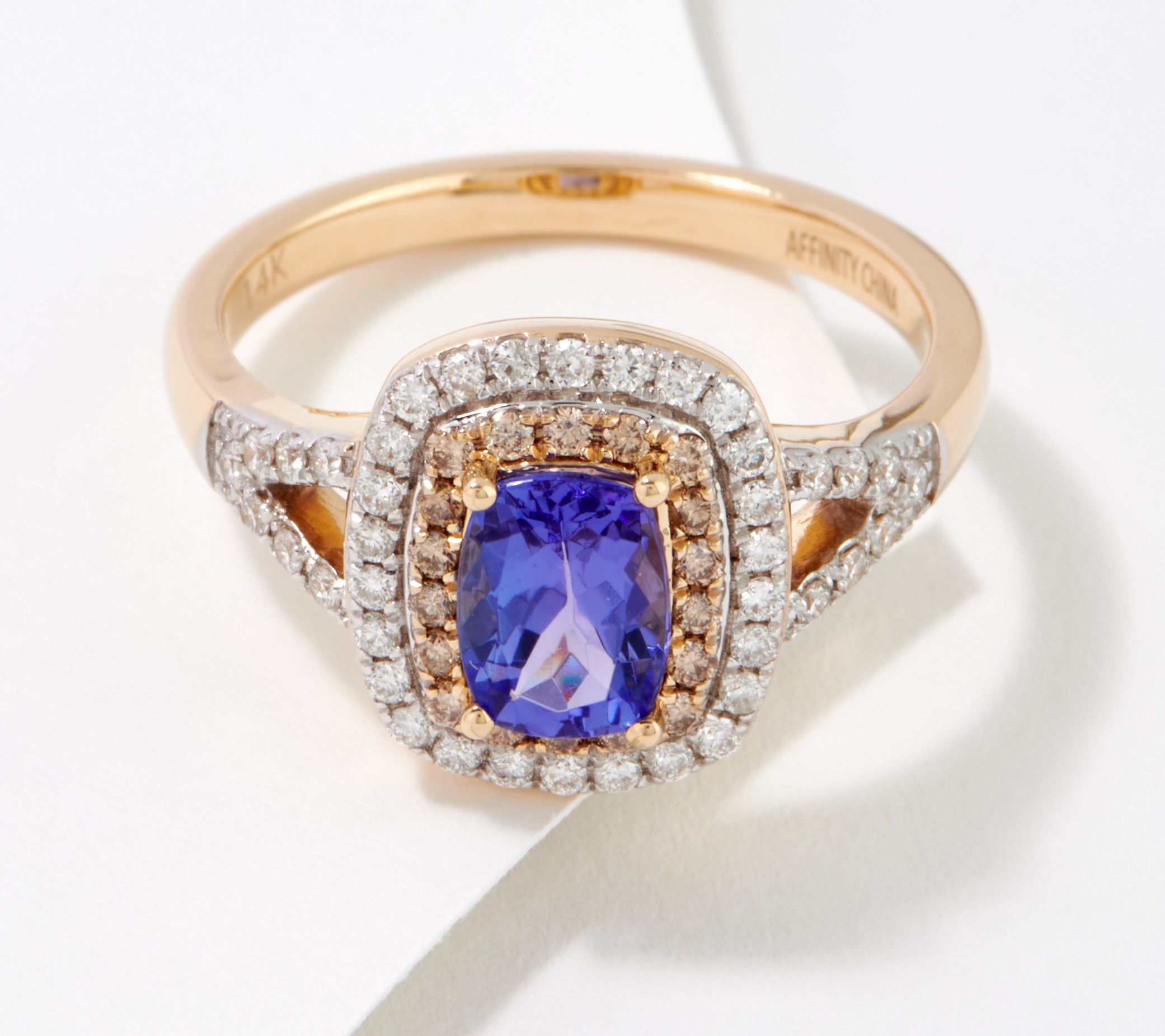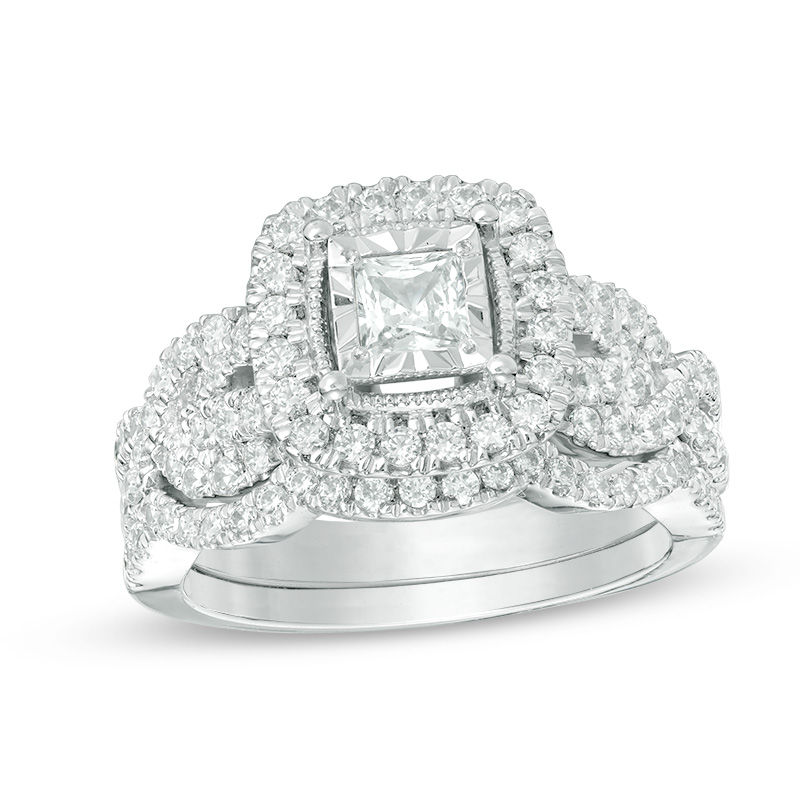Diamond 18k White Gold Tennis Bracelet 3.00ctw – DOD790
3.00ctw round diamond, rhodium over 18k white gold tennis bracelet. Measures approximately 7″L x 1/16″W and is secured with a hidden box clasp.
3.00ctw round diamond, rhodium over 18k white gold tennis bracelet. Measures approximately 7″L x 1/16″W and is secured with a hidden box clasp.
Ahh, diamonds. Everyone knows what diamonds are, but most might not realize what they once were: chunks of dark, nondescript carbon similar to charcoal, roasting and rumbling around deep within the earth. Fortunately, through eruptions and other harsh works of Mother Nature, diamonds eventually find their way to the surface for man to find, cut, polish, and enjoy. Talk about an ugly duckling turning into a swan! Named from the Greek word adamas, meaning “unconquerable,” diamonds are renowned for their impeccable hardness and stellar brilliance.
Jewel Safe™ Protection Plan is a 2 year protection plan for jewelry, loose gemstones, and watches sold at JTV® and on JTV.com. Customer service is available 8 a.m. EST to 11 p.m. EST Monday thru Friday for your convenience. The Protection Plan begins on the date of order shipment and covers most damage from normal wear and tear, moisture damage for watches and includes a ring re-sizing for rings. Customers will never pay any out-of-pocket expenses, including shipping. Jewel Safe™ can be transferred to any new owner of the piece of jewelry or watch; Jewel Safe™ sticks with the product, not the purchaser. If your jewelry or watch cannot be repaired, it will be replaced with a check for the full purchase price, plus applicable taxes paid.
What it covers:
For jewelry Jewel Safe™ covers:
- Damage to any stone (including cracks, chips, scratches and breakage)
- Lost enhancement, or side, stones
- Broken chains, links or clasps
- Broken, worn or bent prongs
- Dented or misshapen jewelry
- Cracked or thinning bands
- Kinks or knots in chains
- Broken earring posts
- Stretched or broken pearl strands
- 1 ring re-sizing
For gemstones Jewel Safe™ covers:
- Damage to your gemstone (including cracks, chips, and breakage)
- Damage to any stone (cracked, chipped, scratched) not resulting from mishandling of the stone or damaged resulting from 3rd parties.
For watches Jewel Safe™ covers:
- Damage to the crystal (including scratches, cracks, chips and breakage)
- Movement
- Clasps
- Bands (breakage of metal or leather discoloration); bezel
- Stem and crown damage
- Moisture damage
How it Works:
If you ever need assistance, it’s as easy as these 3 steps:
- Call the toll free number (800) 366-4010 for a specialist that can further assist you.
- Receive a prepaid label and all shipping instructions.
- Your jewelry, gemstone, or watch is repaired and returned to you. If it can’t be repaired, it’s replaced!
Who Should Purchase:
We know how much our customers value their jewelry, gemstones, and watches, that’s why we offer Jewel Safe™. This is protection for 2 full years that will cover against almost all normal wear and tear. We want to help our customer protect their investment in their jewelry and watches purchased from JTV®, so all customers who feel like this matches their frame of mind should purchase Jewel Safe™.
Additional information
| Dimension | 7.00in L x 0.06in W |
|---|---|
| Metal Weight | 3.8 g |
| Material | 18K White Gold |






by Ruby
At first I wasn’t sure I liked it until I put it on and watched it come to life. You just have to see it in a dimly lit room! The light shimmers off it as your arm moves!
by Maddie
Amazing bracelet!! 18k gold is a great touch and 3cts of diamonds at this price is unbelievable. My local jeweler had a 1ct bracelet in 14K for $2000 while this is 3ct for $1800. Get it before it’s gone!!